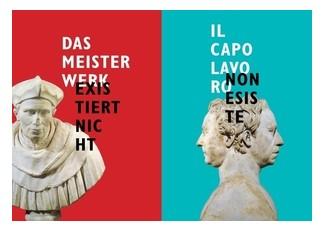Contenuto principale
The 1800s

The sculpture of the 1800s also reveals the numerous currents characterising the art of the era in the signs of the radical transformation of the styles and content of the past from a modern perspective.
The idealised imitation of the antique is followed by new artistic striving that is sensitive to the contemporary and the influence of bourgeois commissions.
The models for the works are taken from reality: the figures executed acquire a vivacity and naturalness in the appearance of particular physiognomies and the details of hairstyles and clothing.
The anonymous terracotta here, Bust of a Woman with Fur, testifies to a fashion phenomenon: that of wearing furs of a Nordic cut that became popular in Europe after the victories of the Napoleonic army in Poland.
Technological progress permits the reappraisal and working of materials such as porphyry, in which the Florentine Giovanni Duprè sculpts his Portrait of Luigi Fonti, a relief in profile exhibited here.
New means of transport facilitate intercontinental travel to colonial possessions, contributing to the awakening of the peculiar 19th century curiosity for distant and exotic worlds.
The two marble sculptures by American artist Randolph Rogers, Indian Hunter Girl and Indian Fisher Boy, are a clear attempt to adapt the myth of untamed nature and the primitive society of the New World to European aesthetic sensibilities.